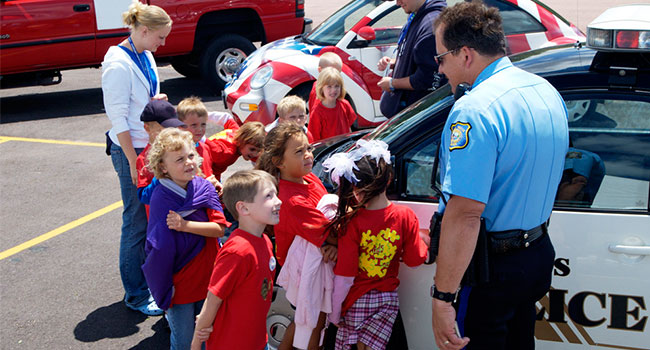
NASRO Introduces National Standards for SROs
NASRO has created recommended national standards and best practices for school resource officer (SRO) programs
- By Ralph C. Jensen
- September 20, 2018
The executive director of the National Association of School Resource Officers (NASRO) told the Federal Commission on School Safety that NASRO has created recommended national standards and best practices for school resource officer (SRO) programs. NASRO executive director Mo Canady said Commission members are the first to receive a copy of the document.
“As the world’s leader in school-based policing, NASRO has regularly spoken to the critical need for national standards for SRO programs,” said Canady during testimony at today’s Commission hearing. “We ask you, The Federal Commission on School Safety, to support these recommended standards.”
NASRO’s document covers four main areas:
- Administrative standards, including an outline of the definition and purpose of an SRO.
- The careful selection of law enforcement officers for SRO positions.
- Specialized SRO training, including adolescent mental health, threat assessment, and active shooter response.
- Interagency collaboration between school districts and law enforcement agencies.
Canady defined an SRO as “a sworn, certified law enforcement officer assigned to a community-based policing program and actively working in a collaborative effort with the school district.” He said that when communities do not adhere to that definition, “the SRO program’s effectiveness will, at best, be greatly hindered, and, at worst, be significantly detrimental to the school, the law enforcement agency, and the community.”
“I cannot emphasize enough,” said Canady, “how critical it is for officers to be carefully selected and specially trained to function in the school environment. This is always a factor in the success or failure of any SRO program.”
About the Author
Ralph C. Jensen is the Publisher/Editor in chief of Campus Security Today.